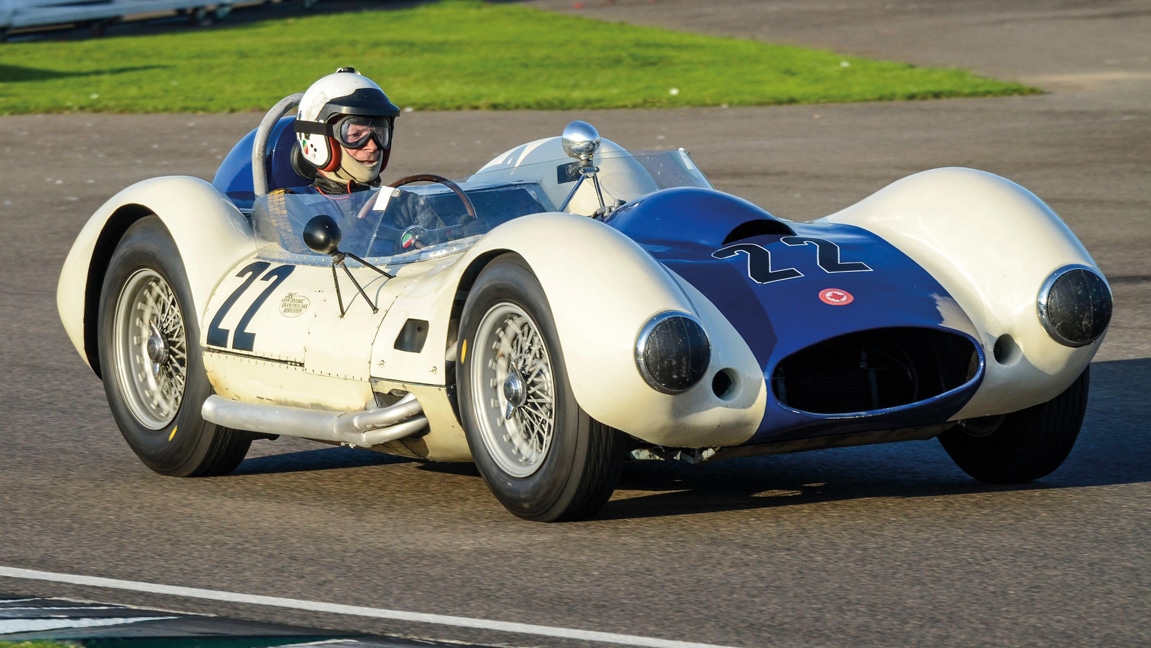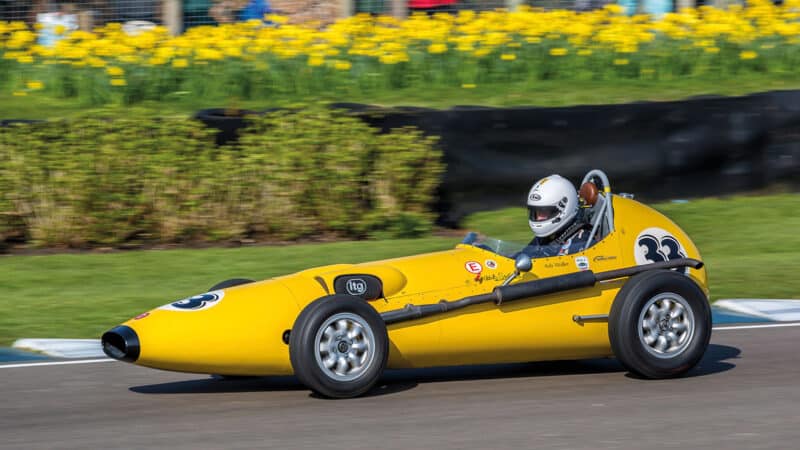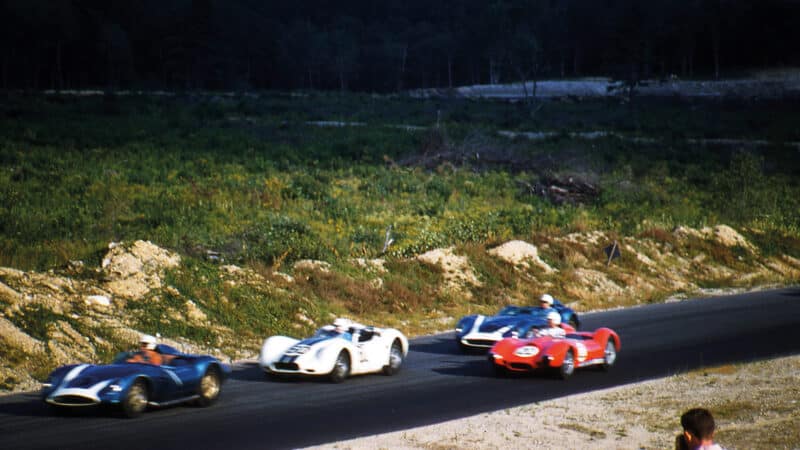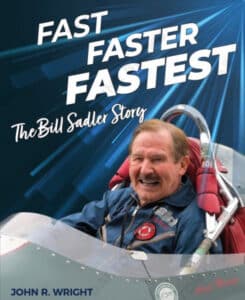Fast, Faster, Fastest: The Bill Sadler Story book review
A new book on engineer Bill Sadler’s foray into motor racing and, later, aviation, fills in many blanks for Gordon Cruickshank

Owned and raced by Julian Majzub, this Sadler Mk3 is occasionally seen in historic events
ALAMY
Sadler cars I knew a little about – attractive and muscular sports racers from Canada. Sadler the man was a stranger to me so this biography was a welcome arrival. Bill Sadler died shortly before the book was published but it includes much of his personal recollections of a life spent tinkering with, building, racing and manufacturing sports and single-seater cars in the US, plus an extra career I hadn’t heard of – in aviation.
For a man who dropped out of high school Sadler achieved a lot, later taking a masters at MIT and heading an advanced avionics and weapon development apartment at General Dynamics. That was after he stepped out of racing. But the cars came first, from an old van converted into a roadster and a V8 Hillman Minx to his first special, clad in a glassfibre body he learned to make himself. He seemed to be able to turn his hand to anything and his analytical engineering mind was constantly thinking ‘how do I make it better?’ – and preferably cheaply. He was always operating on a shoestring, says author John R Wright.
After working with John Tojeiro in England for a year in 1956-57, living in a caravan in the yard but lifting FTD at the Brighton Speed Trials in his MkII, he returned home and continued the succession of specials which carried his name around racetracks. There are so many pictures in the book that it’s hard to keep track of which type was which, especially as Sadler frequently modified, upgraded and sometimes renamed his machines. But I’m glad to see I’m not the only one: Wright includes a plaintive disclaimer about the difficulty of figuring out the stories of the often-modified machines, which only occasionally got chassis numbers.

Front-engined 1960 Formula Junior Sadler-BMC
ALAMY
That aside, I also found the book structure confusing as it slips from the ’50s to historic racing today and then back and another new Sadler build, but my wits were saved by a unique feature at the front – a decade by decade rundown of Sadler’s life and career that straightens out what happened when. I wish more books had this feature. (While we’re on novelties, the index is uniquely divided into subjects – teams, people, aircraft, etc. What a lot of work, but useful for quick reference.)
Often packing a Chevrolet V8 (he was in early on that movement), Sadlers performed well and with many drivers frequently figured high on results list, jousting with the Scarabs and Listers of the time, and the imported Italian exotics. Like Paul Emery, Bill Sadler was so keen to make innovations in suspension, fuel injection and chassis design that he was never going to go into serious production and become another Colin Chapman. Or get rich. Ten Formula Junior Sadlers were his nearest try, although scarily he put a V8 in one of those, so cramped there was no room for transmission or clutch. You just pressed the starter and off you went. Formula 5000 before it was invented.

Bill Sadler in his red Mk2 up against Scarabs and a Lister Knobbly, 1958
Getty Images
Through the 1950s his cars occupied him completely, but in 1961 while running a two-car team of his rear-engined MkVs he began to fall out with his sponsor and when he saw one of his cars go end over end, even though the driver was unhurt, he stopped racing. Still just 30, from there he looked skywards, to that avionics career and then designing his own ultralights and going into production, as well as working on drones and a light attack aircraft for Turkey. The cars reappeared in his life from the ’90s when he took to historic racing, and even building once again. Sadler owner Dean Butler recounts in the book that in 2005 Bill came over to England and constructed two further chassis, one of which Julian Majzub races and one that Butler plans to assemble.
Childhood stories of building an electric cart and then radios and even a TV demonstrate that Sadler was always going to be a creator, so it’s not surprising that his cars put innovation ahead of iteration (or record-keeping). Sadler cars may be a side-note in racing history, but it’s lucky that Wright got there in time to hear the story from the man himself.

Fast, Faster, Fastest: The Bill Sadler Story
John R Wright
Dalton Watson, £85
ISBN 9781956309034
